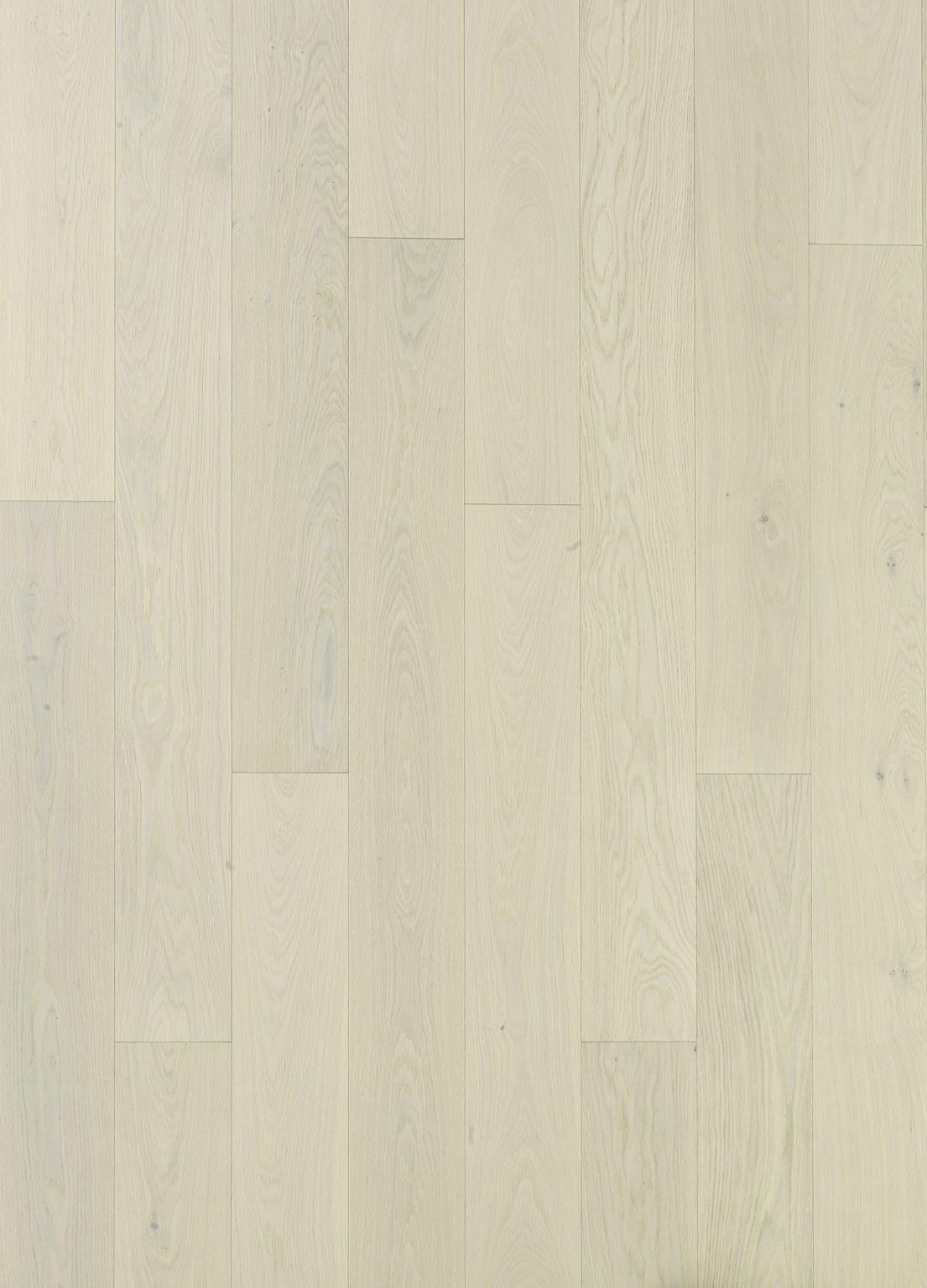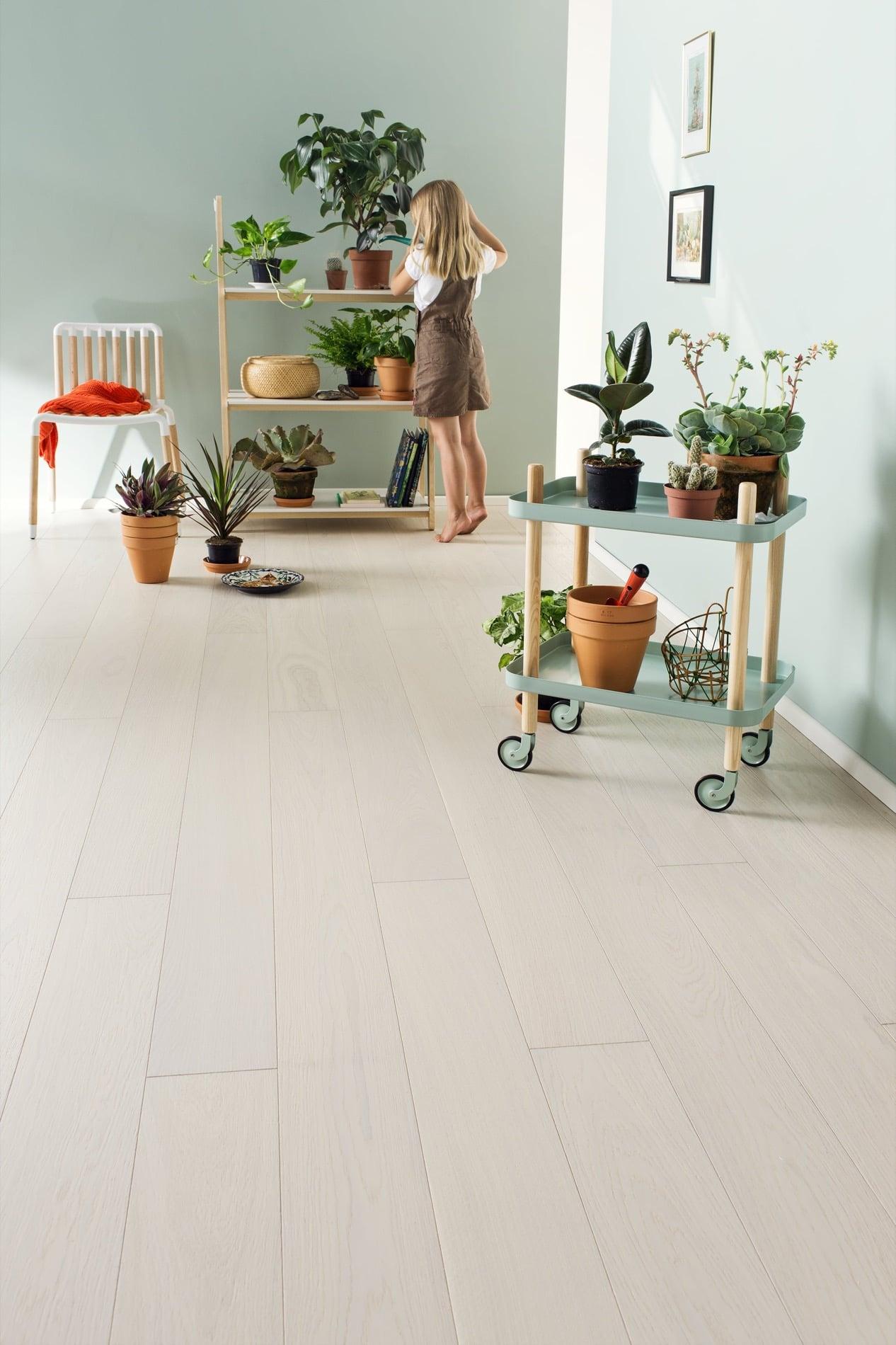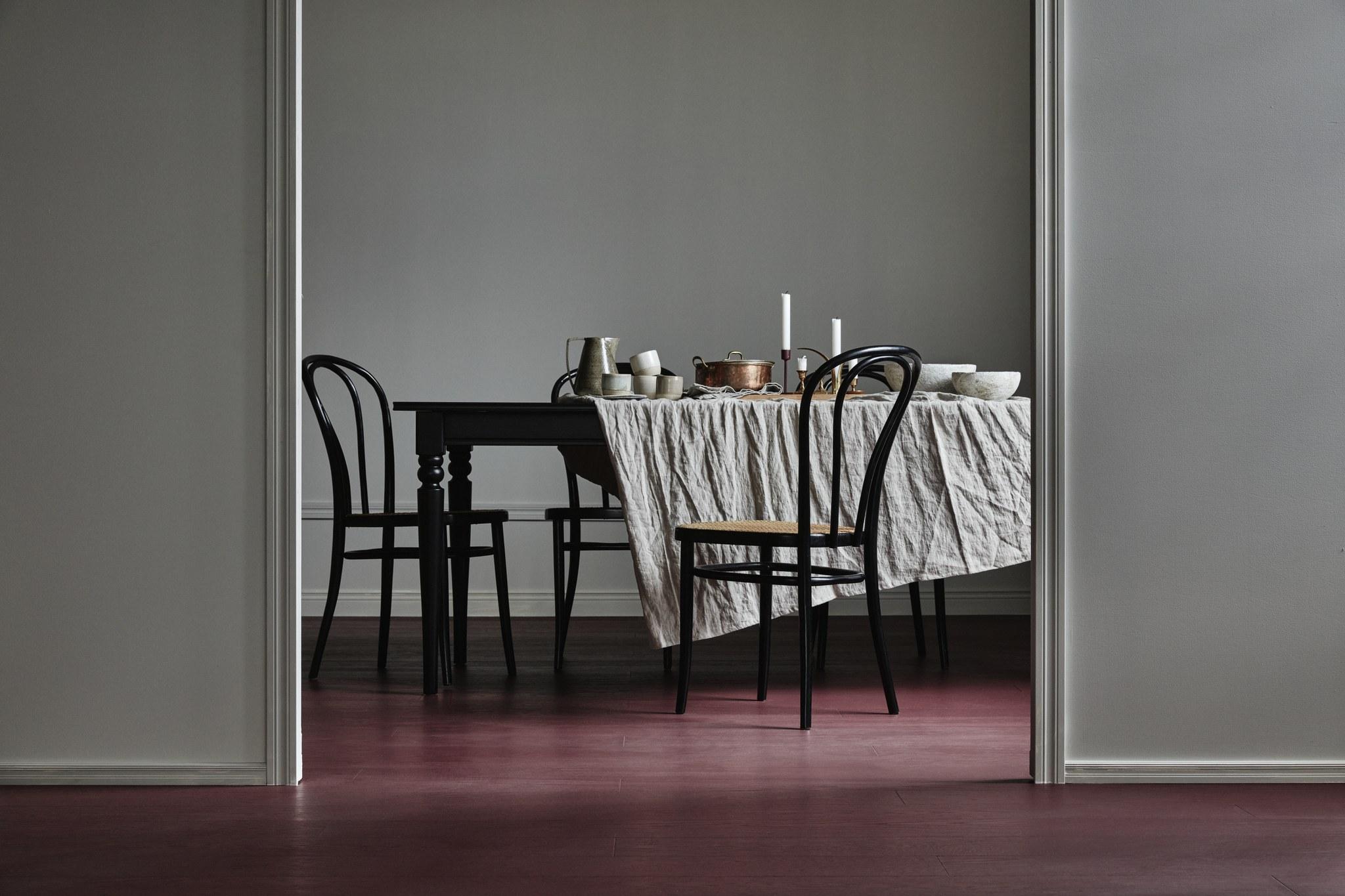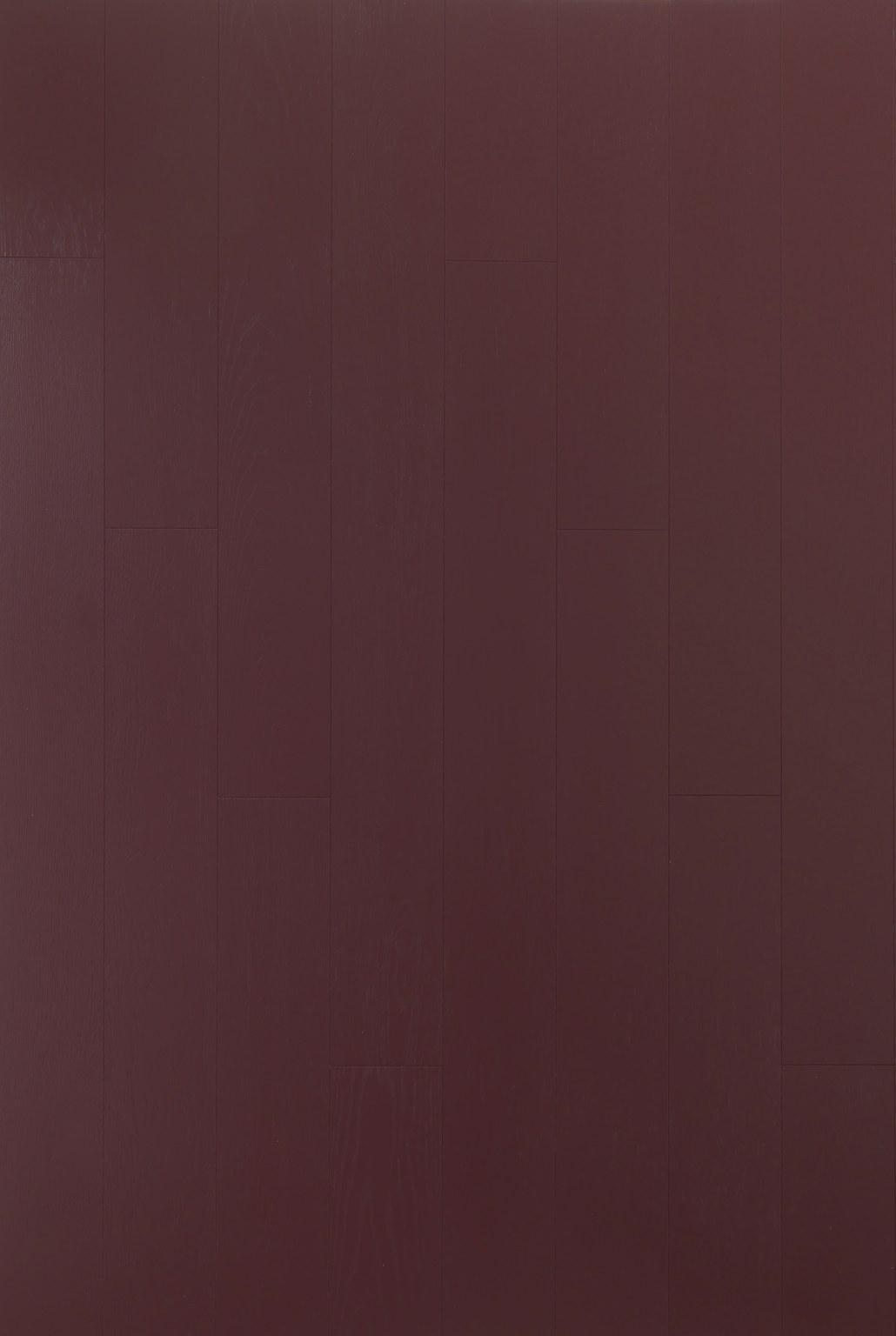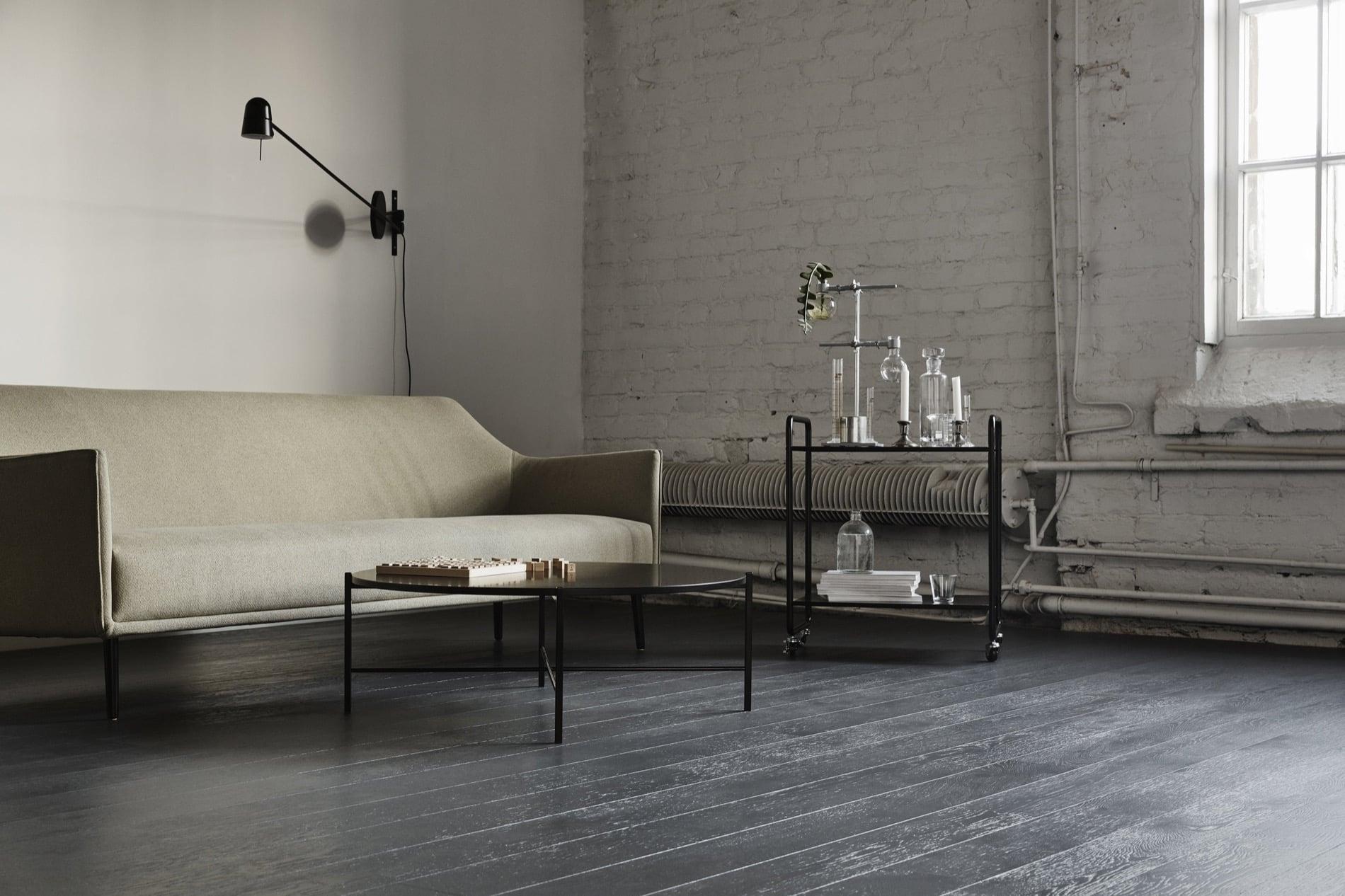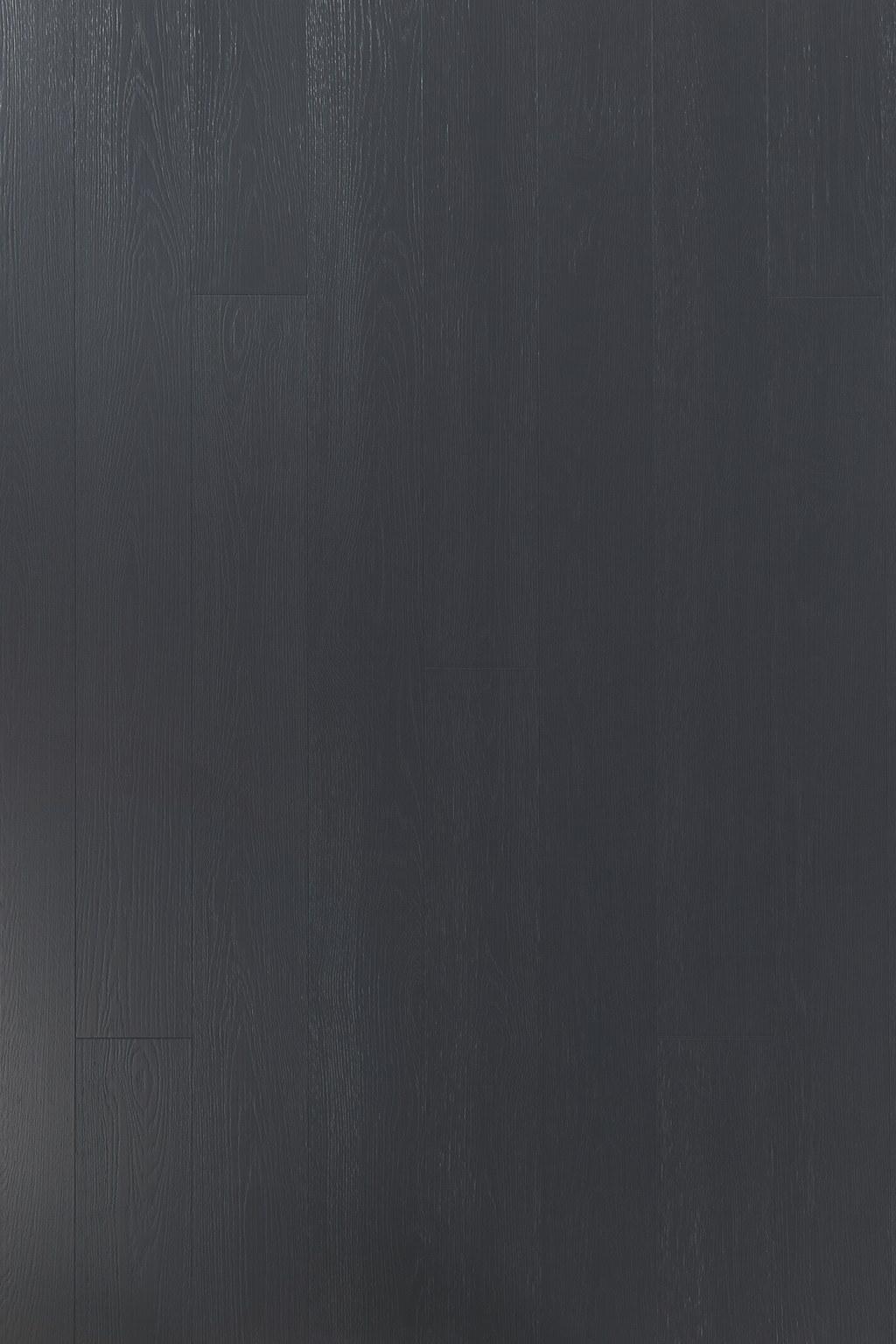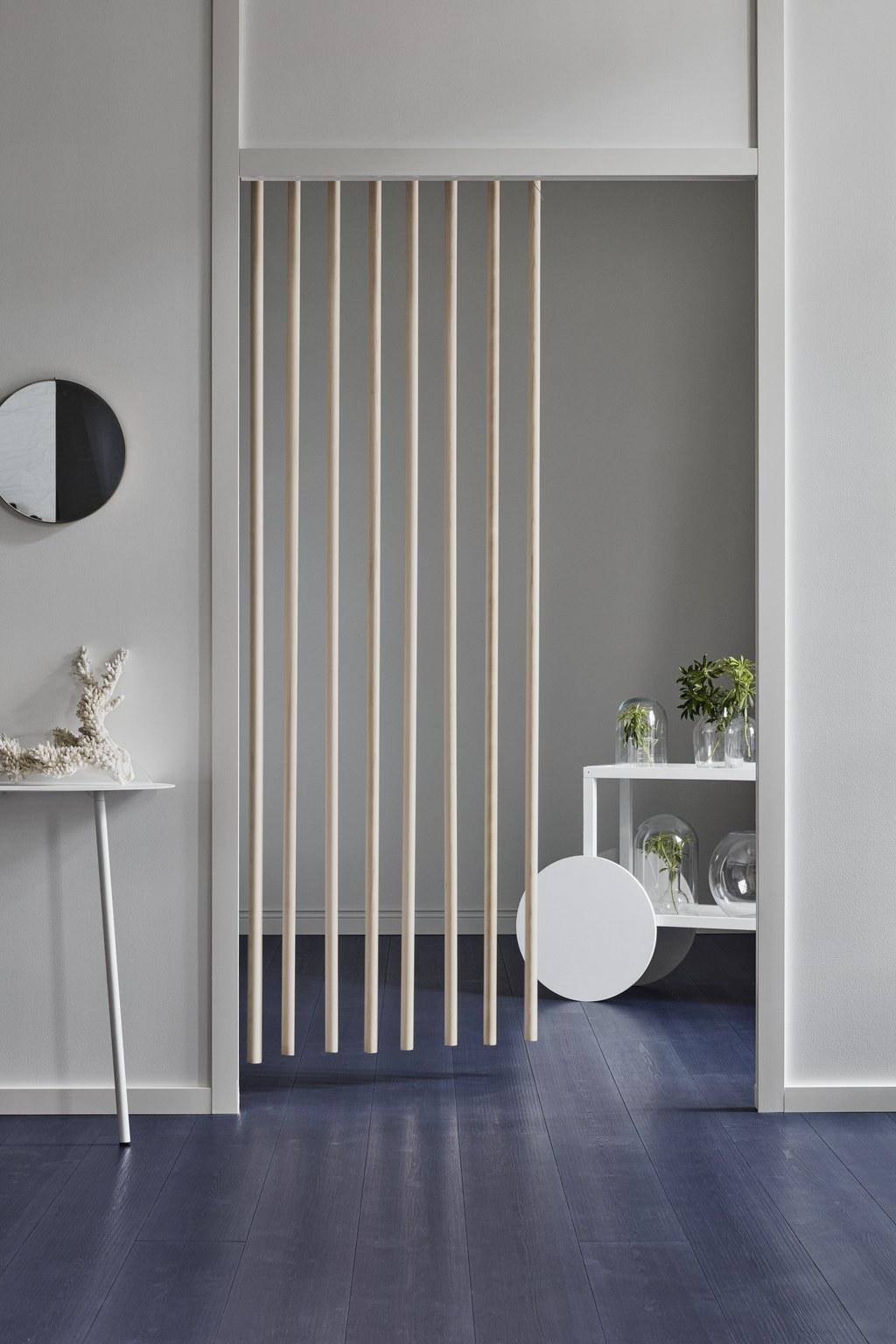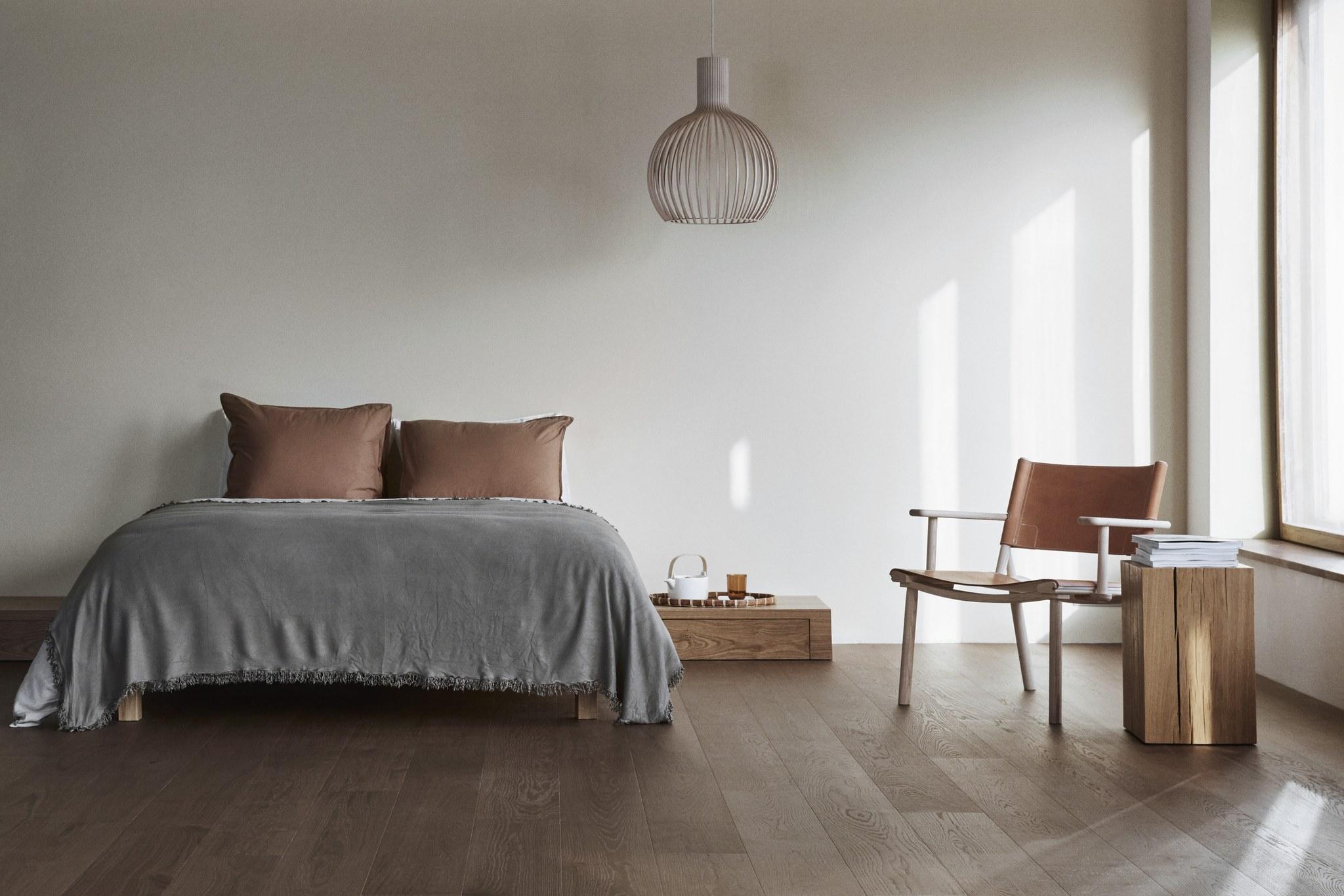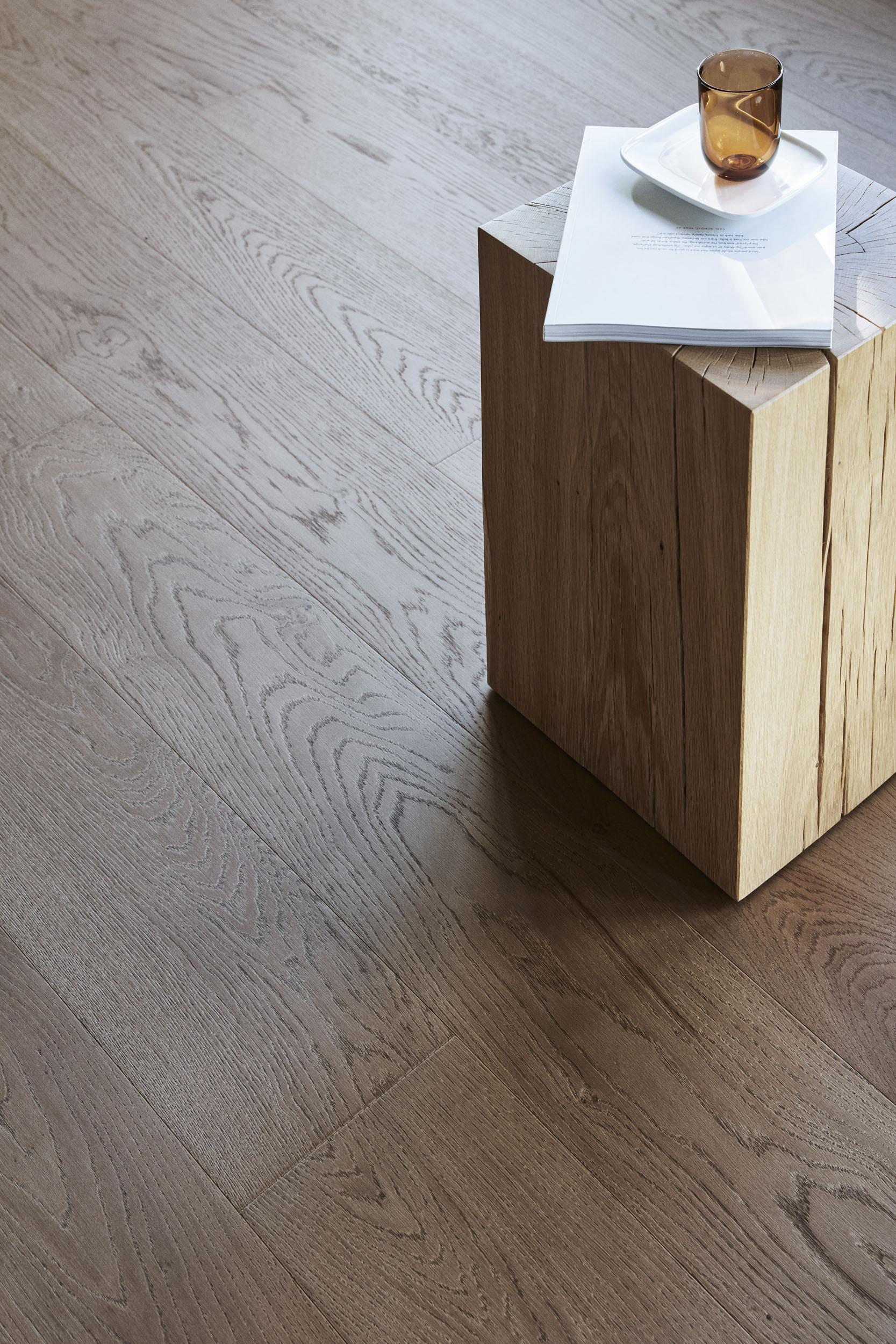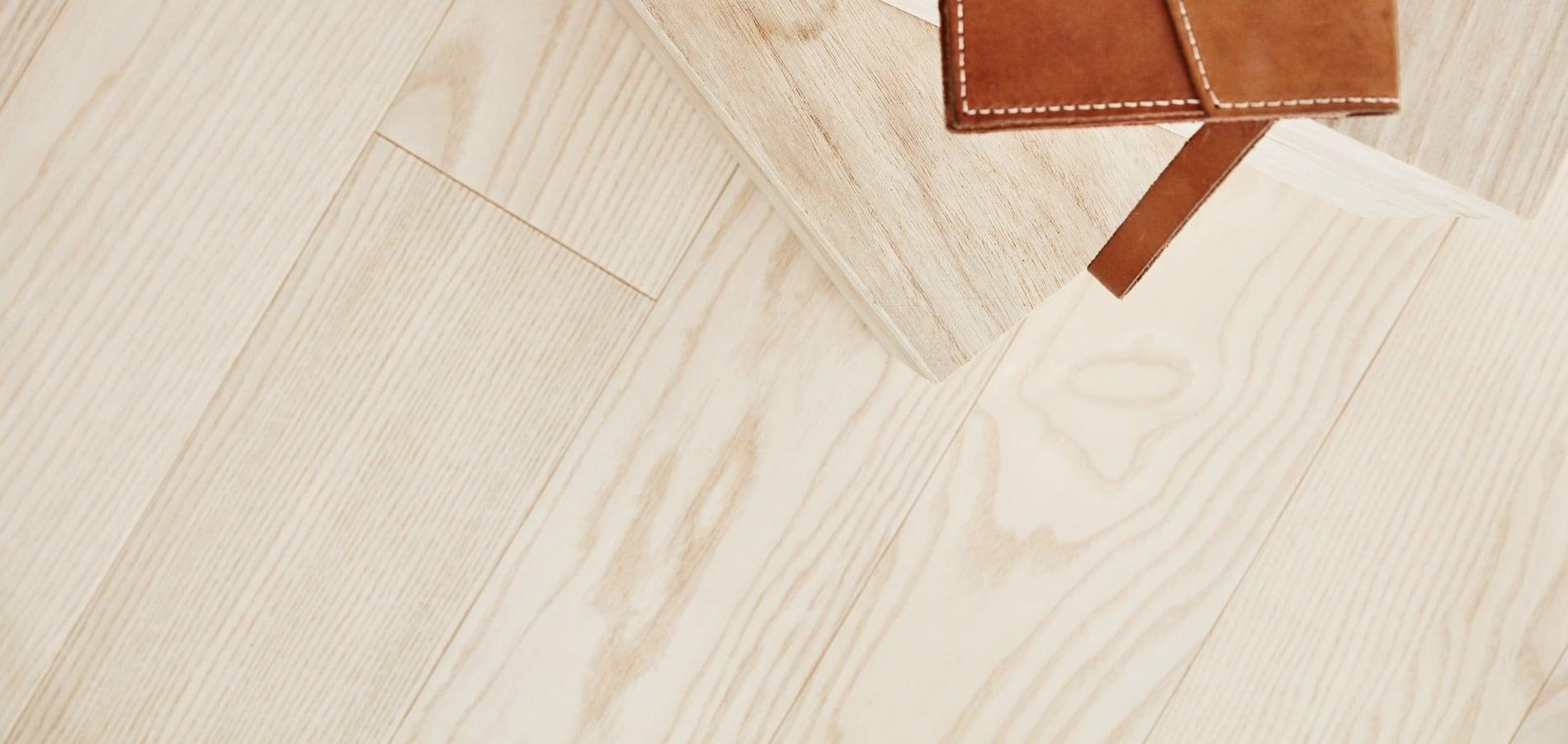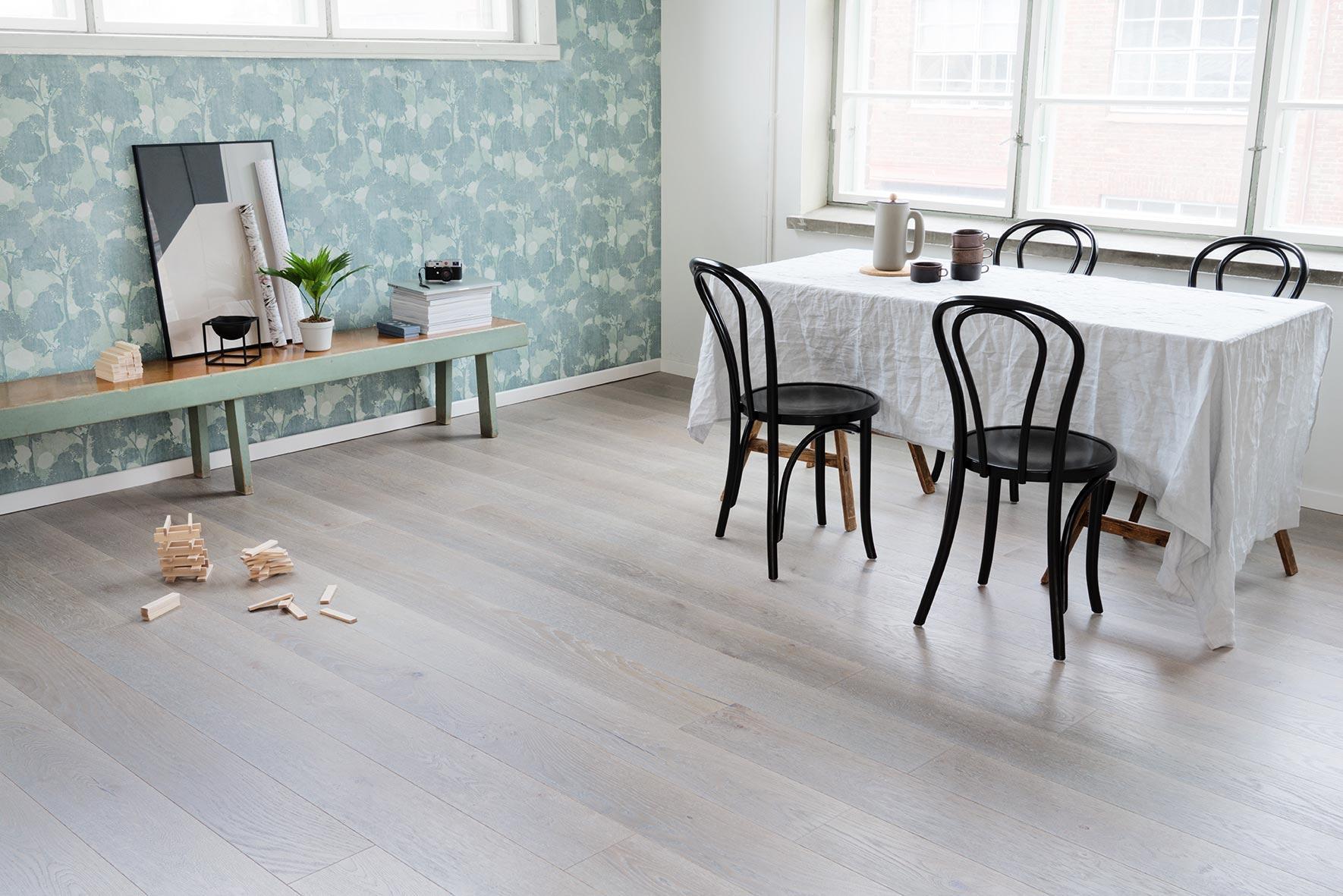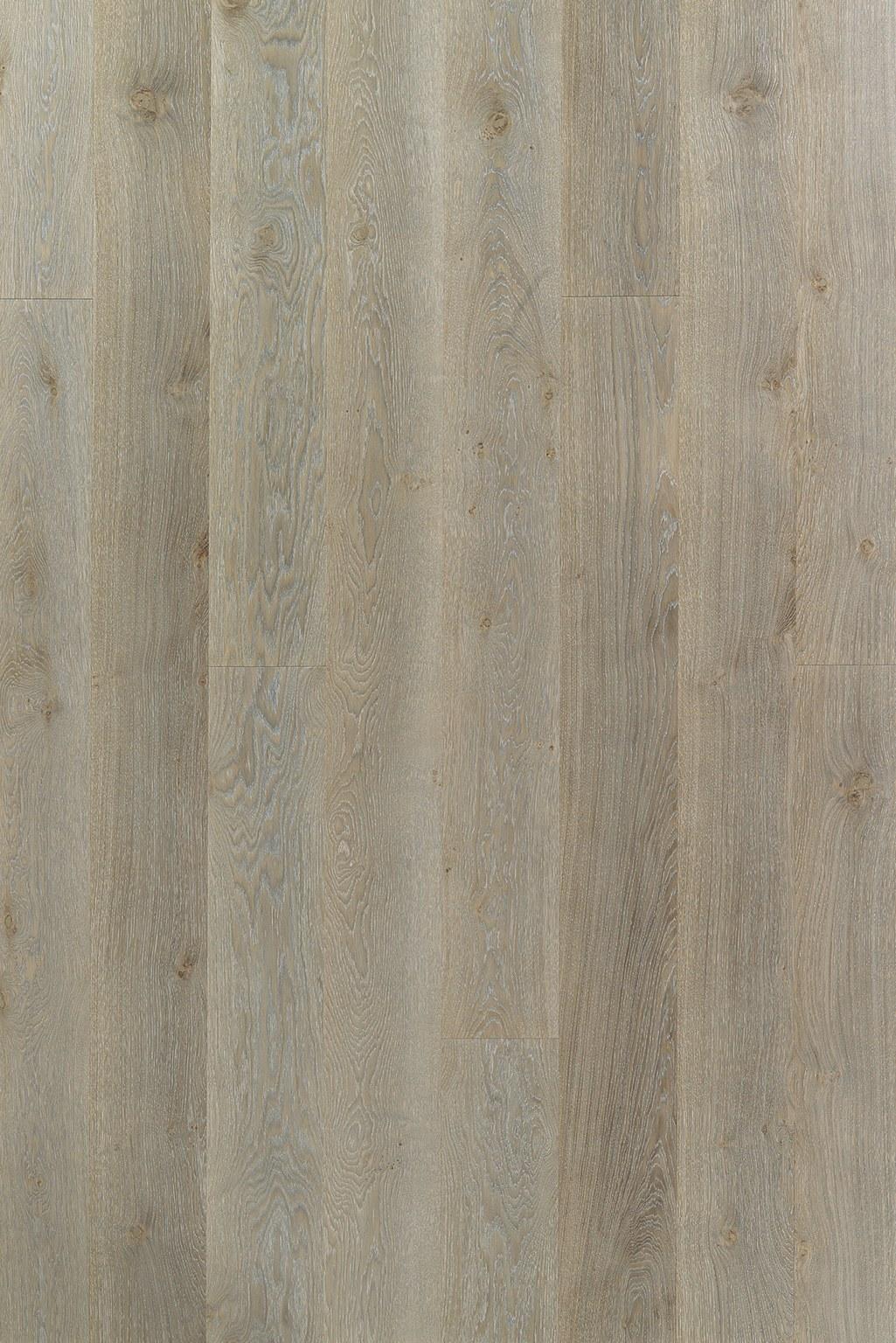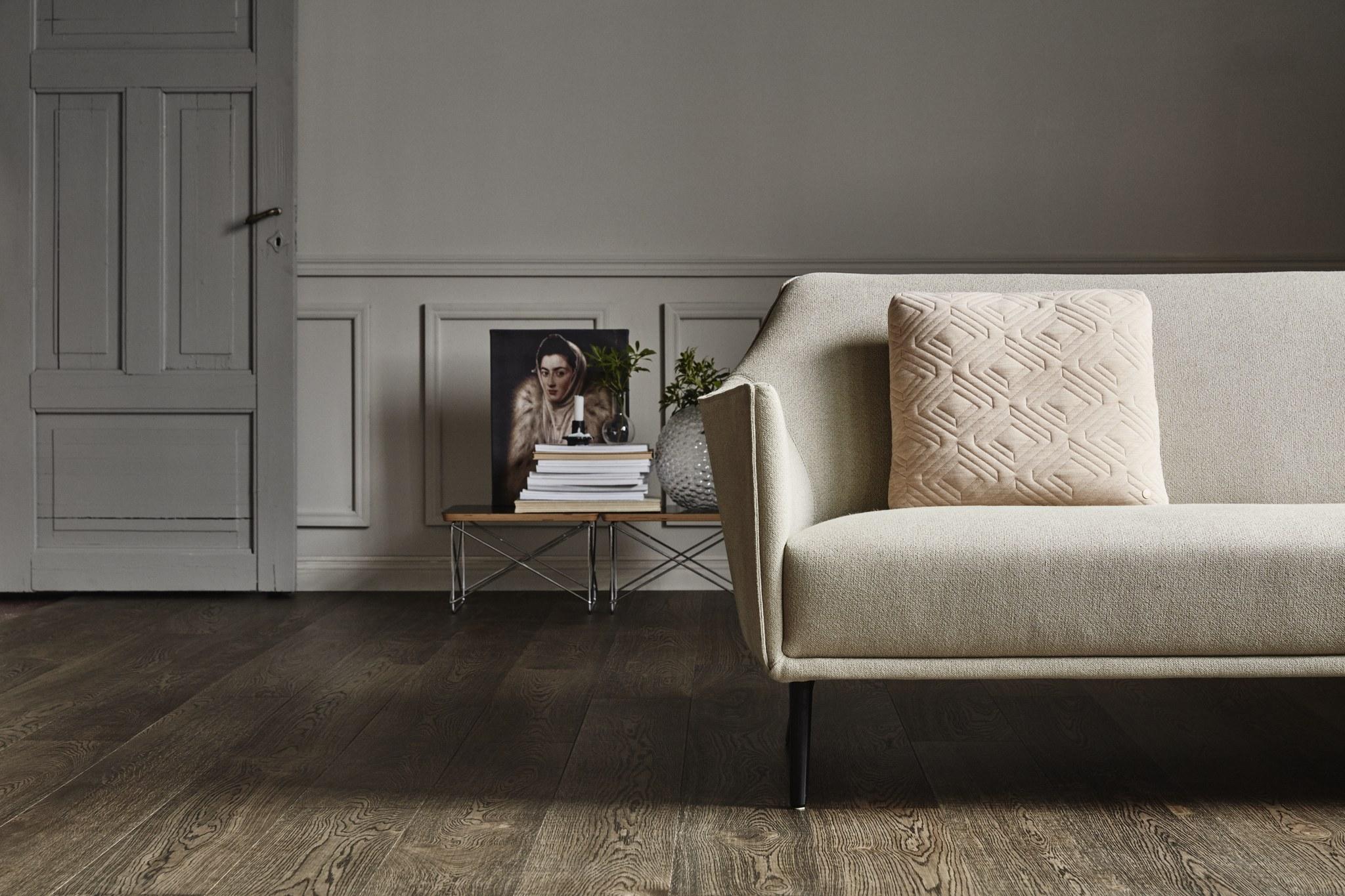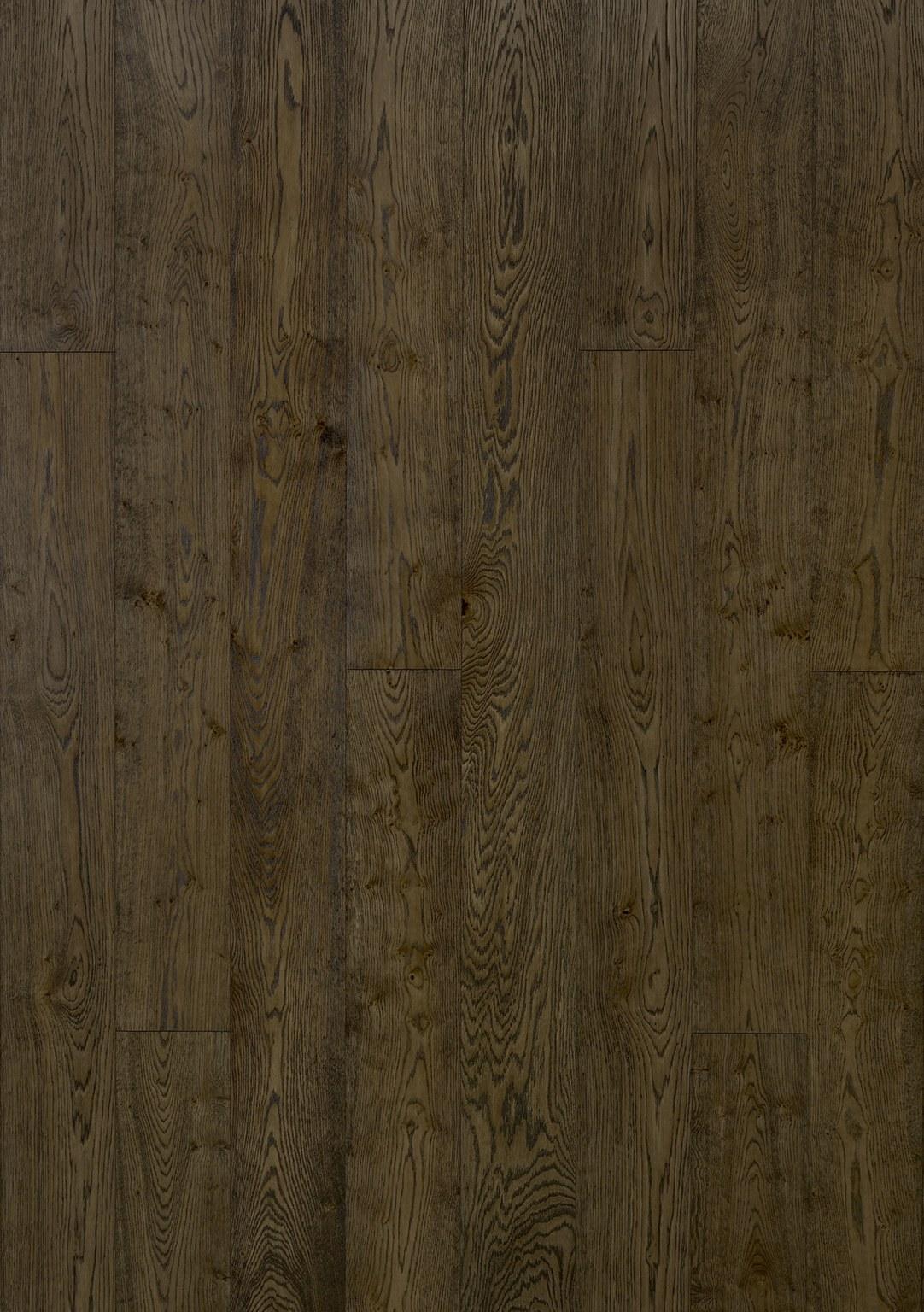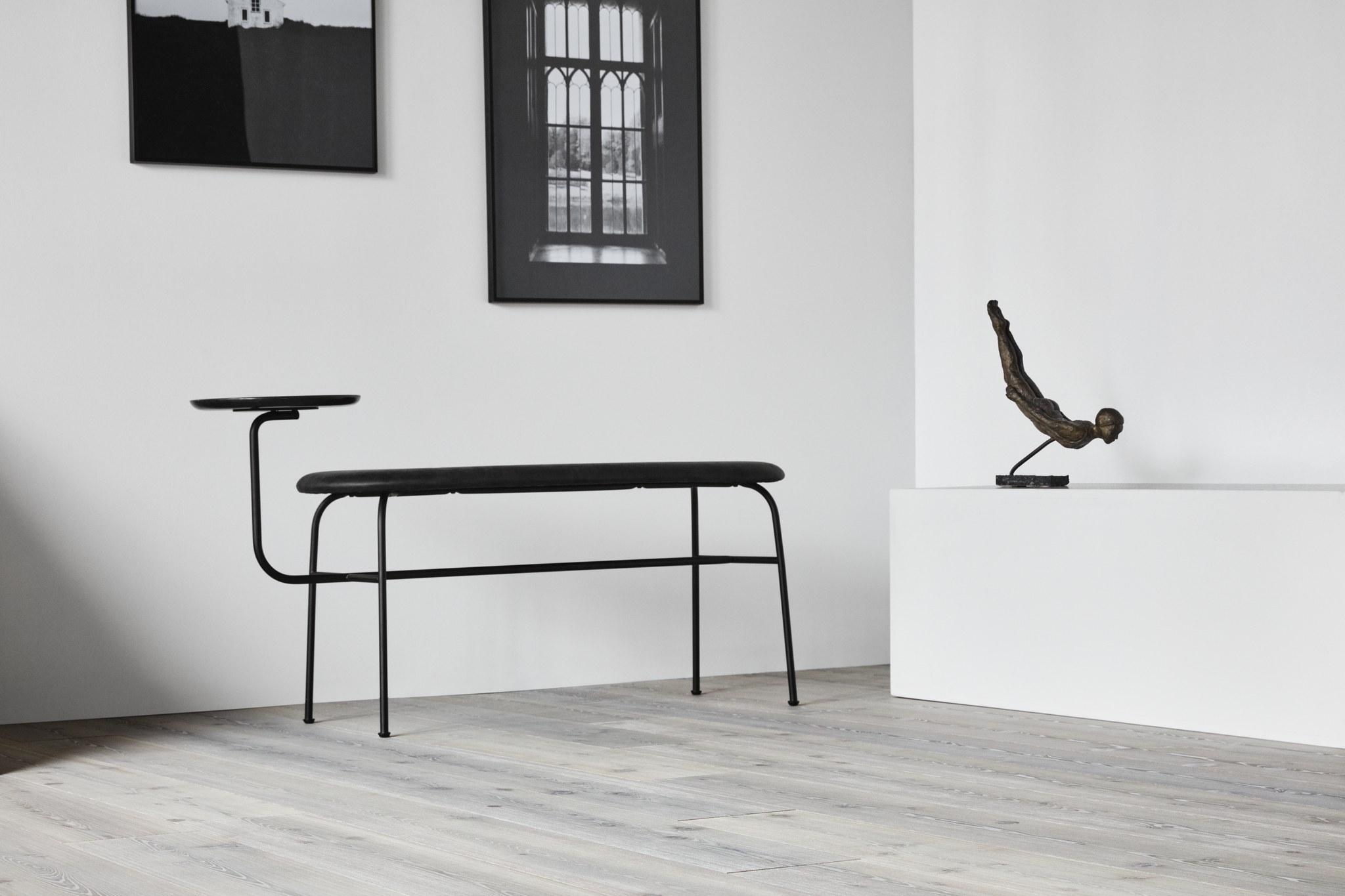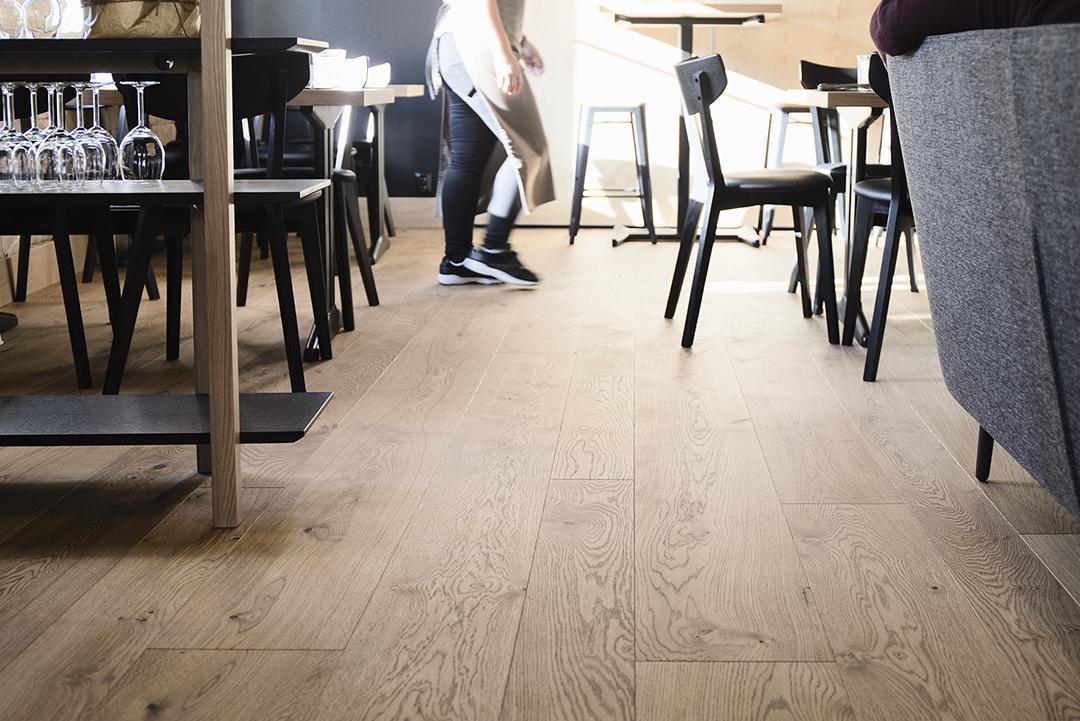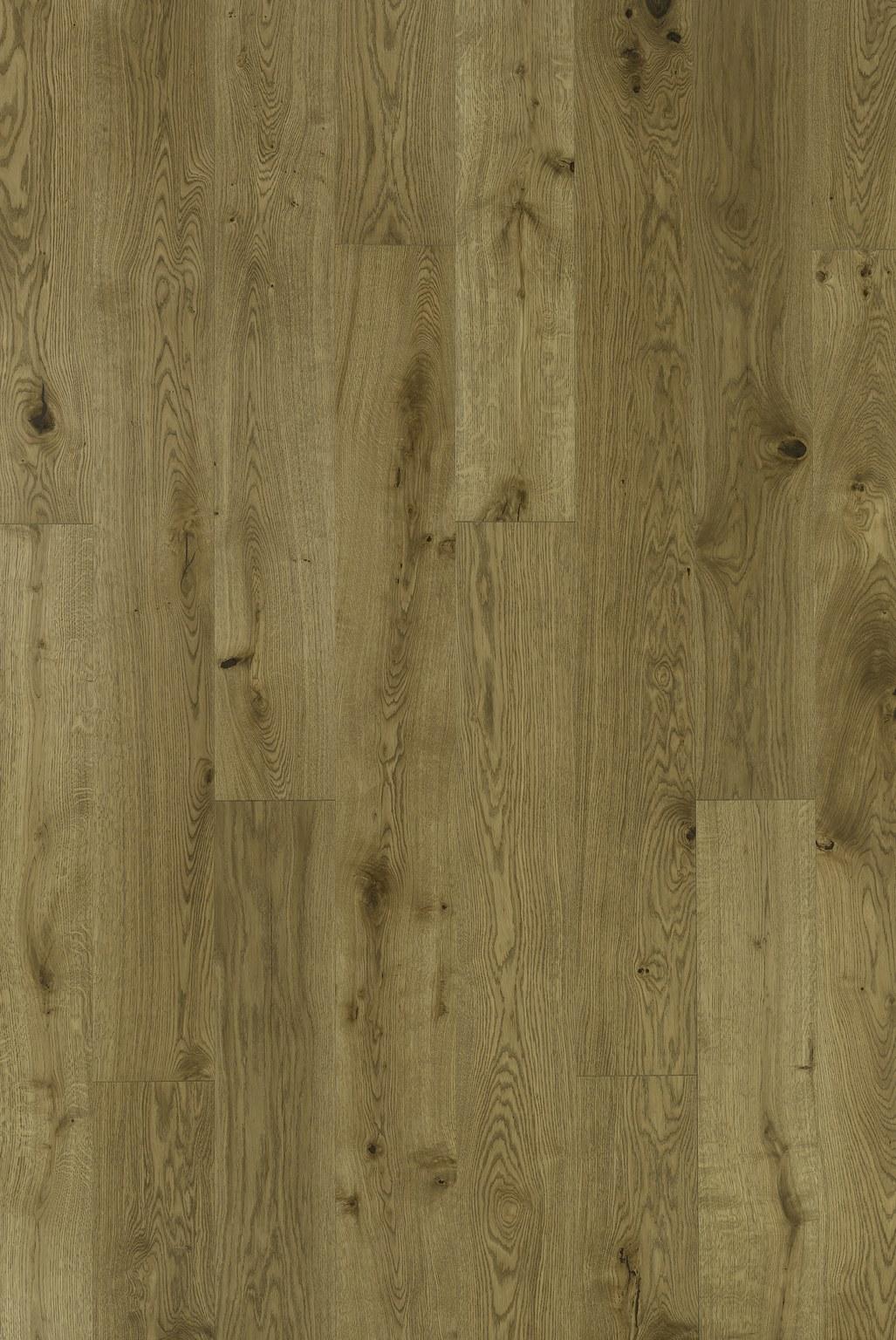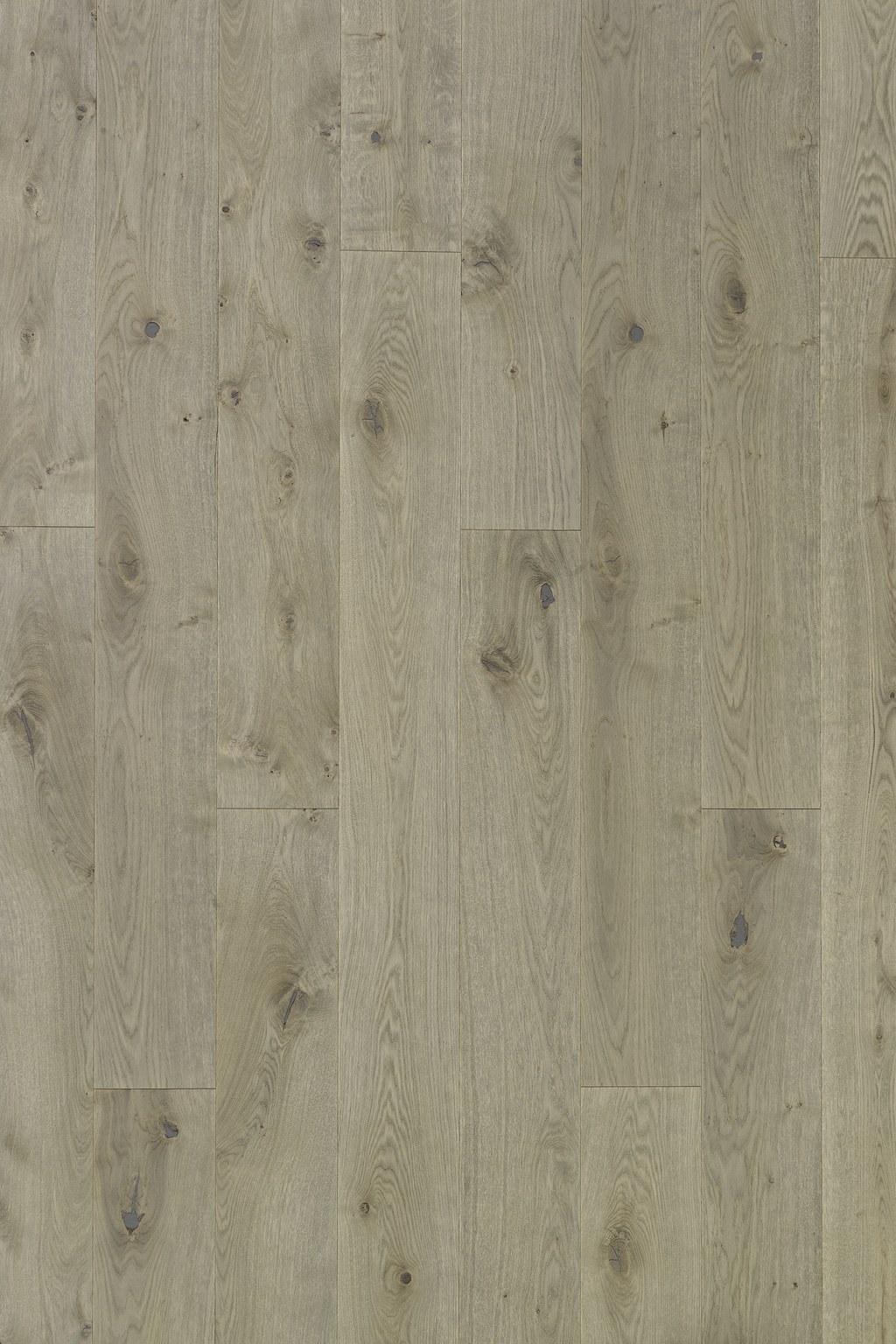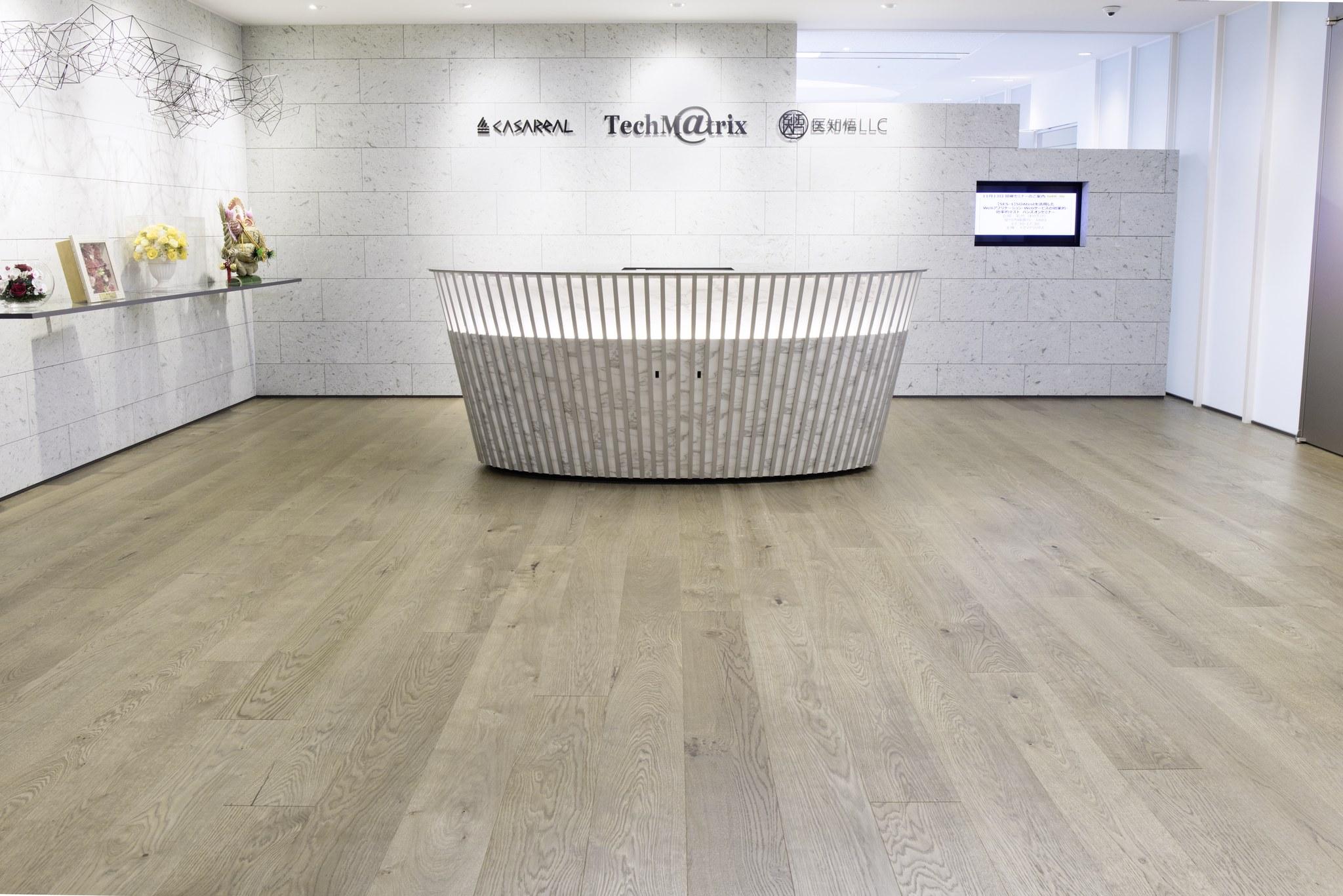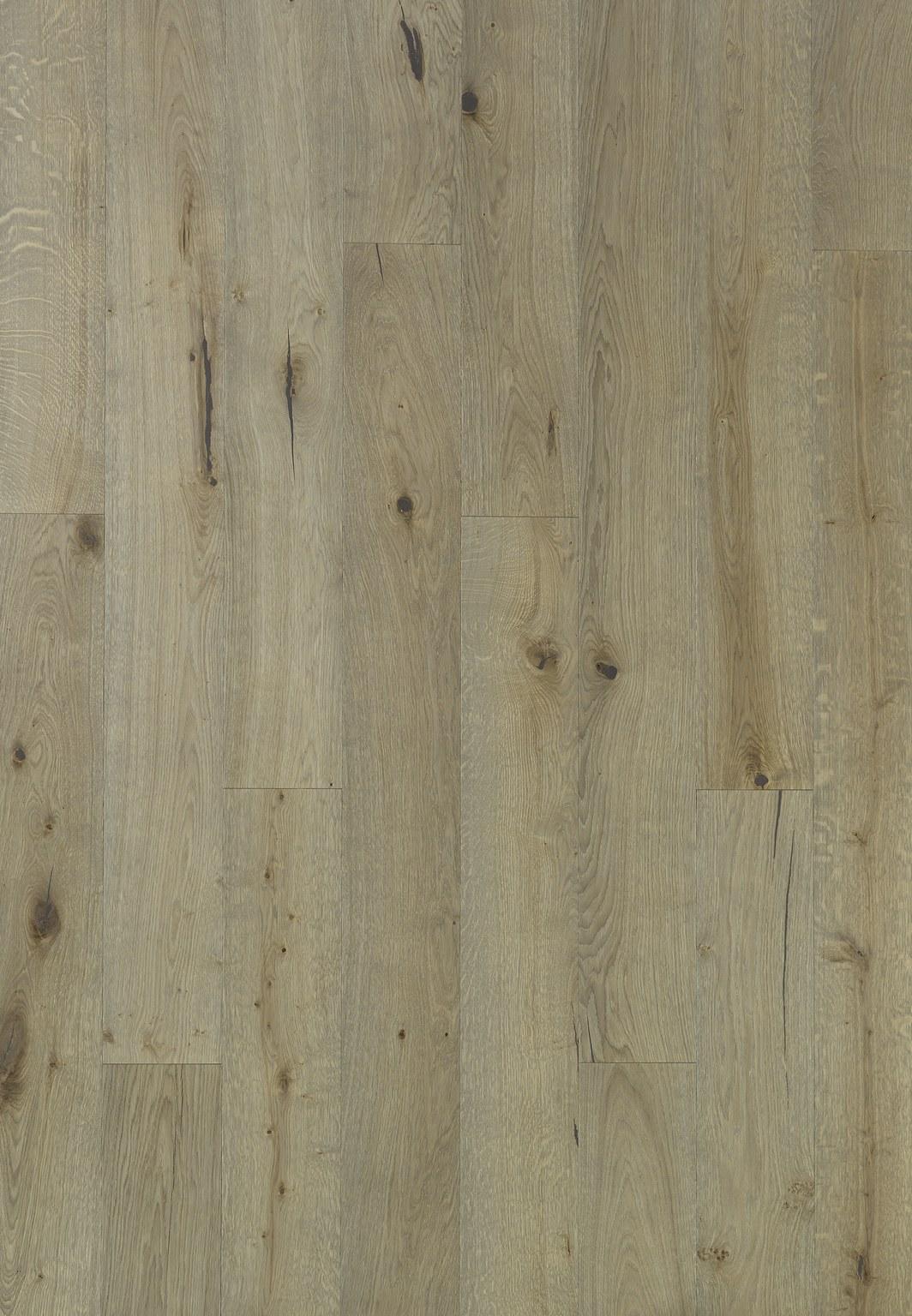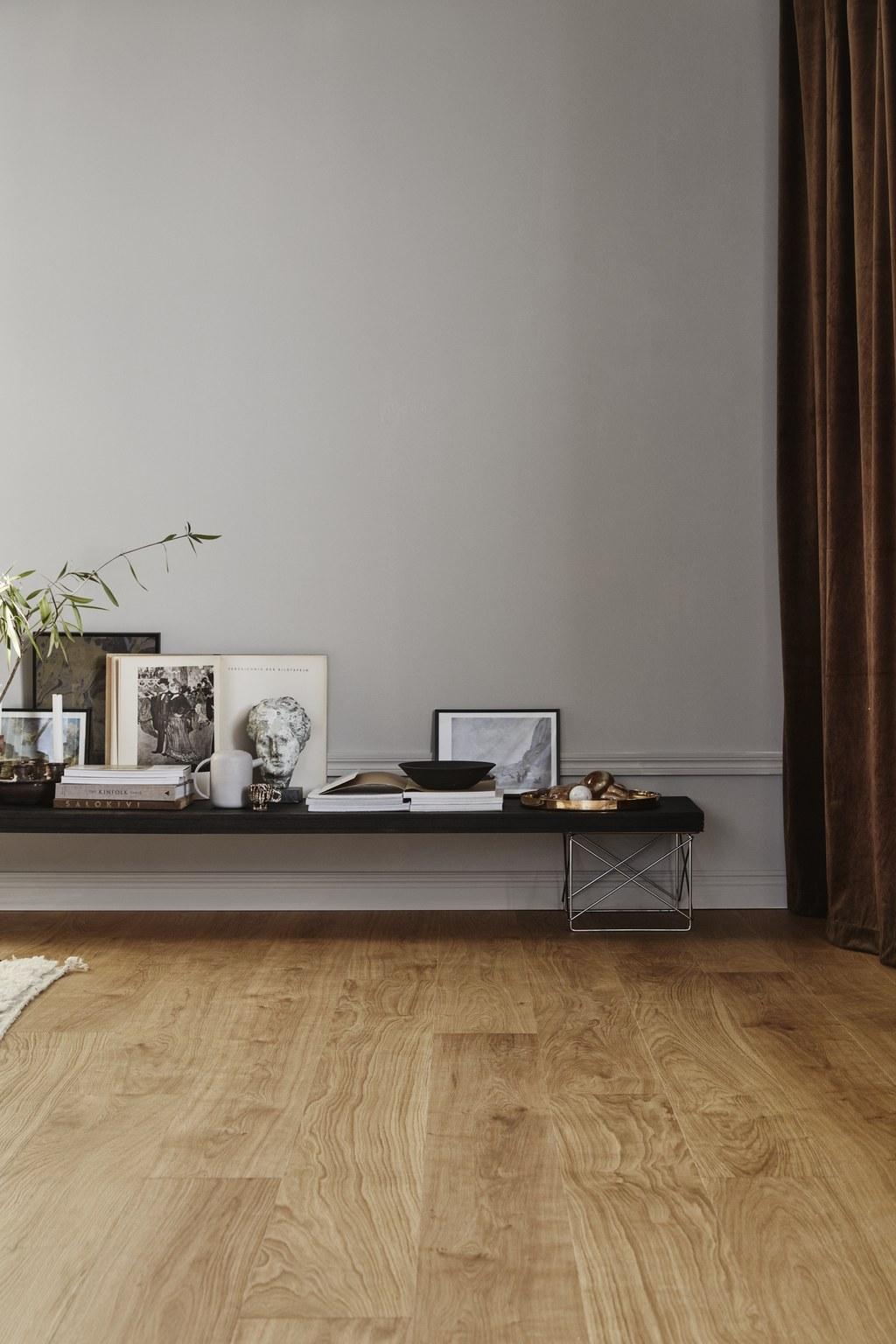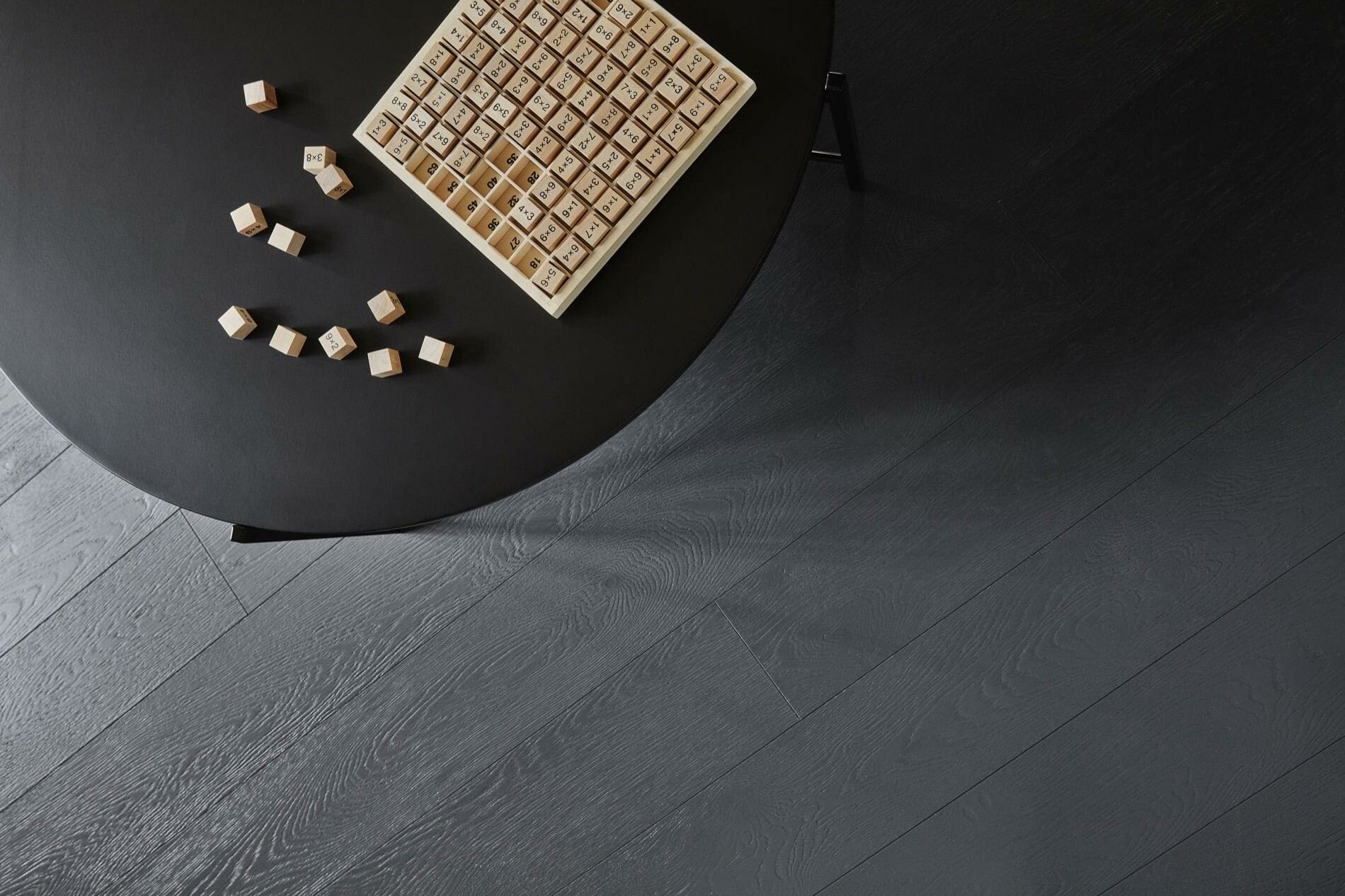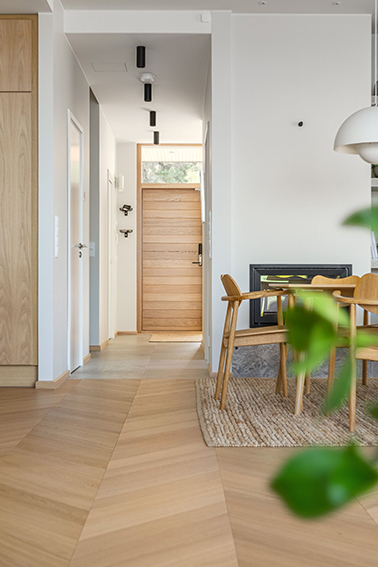White Cream
A warm and creamy tone with a white hue. Suitable for classic interiors where a fresh and brightening touch is desired.

-
Wood species
When choosing a wood species, it is important to consider the different characteristics of each species, such as durability and appearance. Read about tree species and their characteristics at the bottom of the page. The choice affects the price of the product.
-
Pattern
Patterned wooden flooring is also available in this tone. The different patterns are shown on the patterned wooden flooring page. Due to the extensiveness of our product range, our website does not contain images of all the available variations. The choice affects the price of the product.
-
Width
The product is available in several widths. The width affects both the price and the installation method. Examples of this are 230 mm products that are glued from the end tongue and grooves, and 270 mm products that are always glued to the underlay. Patterned wooden flooring is always installed by gluing it to the underlay. The choice affects the price of the product.
-
Grade
Knottiness – that is, the grade of the wood – refers to the amount of knots and natural variations in tone of the different tree species.
Select is an almost knot-free grade that is as evenly-toned as can be. Available for oak, ash and larch.
Classic is the most natural grade, with small and medium-sized knots and holes filled with wood cement as well as the variations in shade that are natural for wood.
Larch Natural grade is characterised by knottiness and significant colour variations. Filled knots, as well as round knot patches and oval patches are allowed within the grade. Available for larch.
Vintage is the knottiest and most coarse-grained grade, with no limit on the number or size of knots. Even cracks and large knot holes filled with wood cement are allowed.
Olive is an ash grade with a dark heartwood alongside a light sapwood.
The Design grade is its own grade of patterned wooden flooring, and is similar to the Classic grade.
-
Treatment
Surface treatment refers to surface sanding or brushing. Brushing raises the grain pattern of the wood to the surface, exposing the structure. The brushed surface is comfortable to stand on barefoot and is recommended for families with pets and children, as scratches are not as visible as they are on smooth-polished surfaces. Sanded surfaces are flat and smooth, which facilitates cleaning. The choice does not affect the price of the product.
-
Surface treatment
Our products are available with a choice of two finishes: hard wax oil or matte lacquer. Both finishes are UV-cured, making them moisture-repellent and easy to care for. The hard wax-oiled surface is not slippery and can be repaired in places if necessary. It does not require regular maintenance oiling (such as natural oiling), but is waxed according to wear. The matte-lacquered surface provides greater abrasion resistance, and is therefore an excellent choice for lobbies, hallways and kitchens, for instance. The choice does not affect the price.
-
Installation style
The product is available with either 5G WiseLoc locking joints or conventional adhesive joints. Some products or widths are available with only a glued tongue and groove (e.g. 270 mm wide product and patterned wooden flooring). The choice does not affect the price.
Include VAT
The samples ordered from the sample shop are always tone samples only – they do not show the width, grade or pattern of the product. We recommend ordering a sample, as variations in the colour settings of different computer screens can cause the image to differ from the actual colour of the product.
Package size (m2/pkg):
- 150 x 2180 mm = 1,96 m2/pkg
- 185 x 2180 mm = 2,42 m2/pkg
- 230 x 2180 mm = 3,01 m2/pkg
- 270 x 2500 mm = 2,70 m2/pkg
All types of wood can be damaged by excessively dry indoor air. If the relative humidity of the indoor air falls below the recommended level of 35 to 60%, cracks may appear in the floor. To prevent this, remember to monitor the humidity of the indoor air, especially during winter and other dry periods. Add moisture to the air if necessary, for example with a humidifier. Larch reacts most sensitively to dry indoor air, and hairline cracks or fissures may appear more quickly than with other woods. The optimal relative humidity level for wood, 35 to 60%, is also the optimal indoor humidity for humans.
”Kotona saa ja kuuluu näkyä eletty elämä”
The wooden flooring was installed almost four years ago, in a private home. We chose Timberwise because it’s a Finnish company that makes beautiful, top-class products and came highly recommended.
We love the attractive and soft look of the flooring and the atmosphere it creates. It’s easy to keep clean. Admittedly, in a family with children it has been put to a very severe test, and I have to say we also want to live without having to worry about the floor. I also think that a certain amount of wear adds a further layer of interest to it – it’s okay for a home to show signs of life being lived.
I couldn’t even imagine buying wooden flooring from any other company. To me, the Timberwise brand means high quality, reliability and inspiration, and it’s a company that really cares about its customers. And of course, it’s Finnish!
“The children have given the floor a lived-in look”
The wooden floor was installed in a room for two children. We chose it for its beauty, Finnish origin and because it was manufactured without the use of toxic chemicals. I’m not bothered by small scratches, but the floor shows signs of wear caused by the children, from chair legs and the wheels of the large toy box under the bunk bed. I should probably wax it again myself, but I haven’t had the time or energy. The trouble is that although waxed wooden floors are certainly pleasing to the eye, they can’t withstand heavy wear. A varnished finish would no doubt have been a more durable option. Still, the real wood of the floor feels wonderfully warm underfoot. Neither is it as slippery as a glossy lacquered wooden floor can be. It’s a sensible choice for children’s rooms.
A tip from Timberwise: A lacquered surface is a little more durable, especially at the beginning, but it too will become scratched over time by chair legs, and especially by wheels. A hard wax-oiled wooden floor can be repaired in places whenever necessary, whereas repairing a varnished floor often requires a larger surface area for sanding and treatment. In workrooms and other working spaces, for example, it’s a good idea to always keep a protective mat under the wheels of office chairs. You can also use thicker pads on the ends of chair legs, and/or put softer wheels on toy boxes and the like if necessary.
